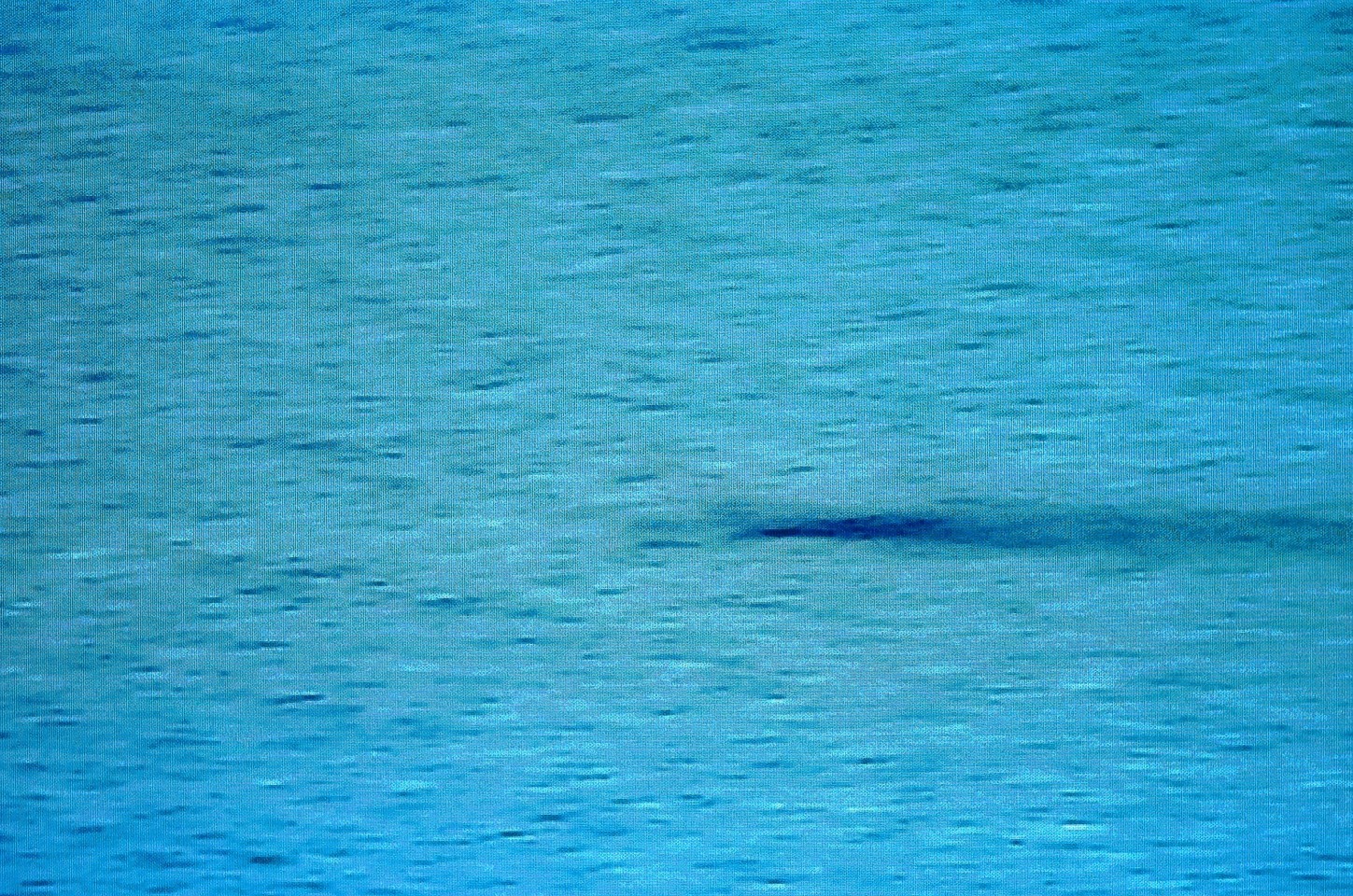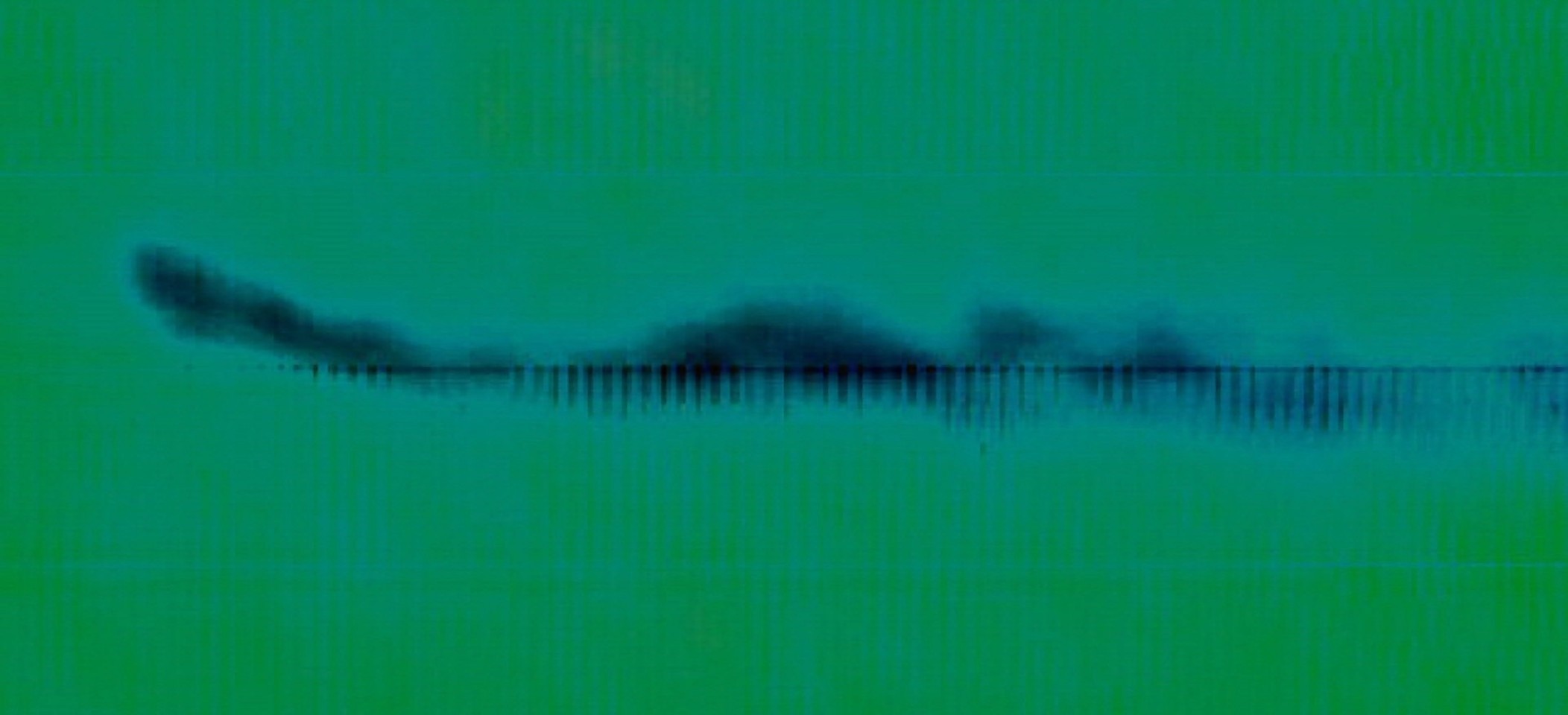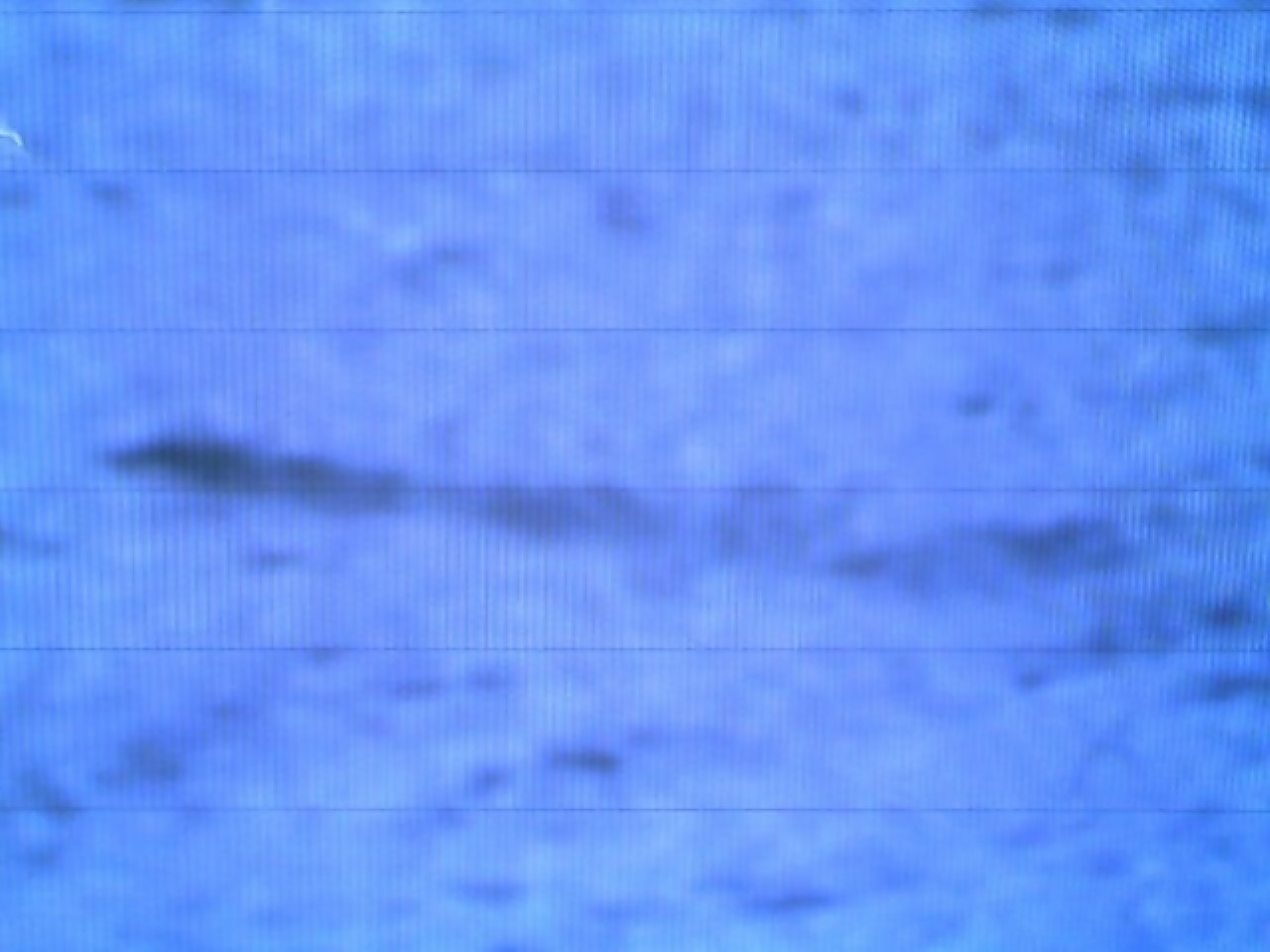A famous “sighting” of the Loch Ness Monster may finally have been solved – but the explanation could be just as scary as a monster lurking beneath the waves.
Computer experts have used advanced techniques to analyse video of the monster shot by Nessie hunter Gordon Holmes – and claim the footage actually shows giant eels sidewinding across the loch.
Mr Holmes, of Shipley in Yorkshire, hit the headlines after capturing images of mysterious creatures from a layby on the A82 at night in 2007.
The video showed a long, jet-black shape moving close to the surface for more than two minutes as it swims towards Inverness.
Several theories have been proposed to explain the creatures in recent years, including waves, otters, a large fish, seals and even mini-tornados.
But now a world-leading expert on API (application programming interface) believes he may have solved the mystery.
Bill Appleton, chief executive of US-based firm DreamFactory, took the original footage, stabilised it to reduce camera shake and increased the level of clarity.
Mr Holmes said the study had concluded the creatures were eels between 10ft-15ft long.
The 63-year-old, who is a retired university technician and had visited Loch Ness six times before capturing the footage, said he agreed with the analysis.
“For over eight years now I have struggled to interpret what the two mysterious creatures were that I was fortunate to capture on film on May 26, 2007,” he said.
“After several estimations, I believe the creatures were approximately 12ft long.
“I am extremely grateful to the various experts who have analysed the footage and provided me with their opinion of the creatures’ identity.
“Since eels do appear strange, ancient scary-like beasties, that may explain several of the Loch Ness sightings over the centuries.
“Unless some unknown creature is retrieved from the depths of Loch Ness, I believe Bill has finally resolved this major mystery in my life.”
It is not the first time experts have suggested eels were responsible for Nessie sightings.
The Centre for Fortean Zoology, based at Exeter in Devon, made a similar claim in 2003.


